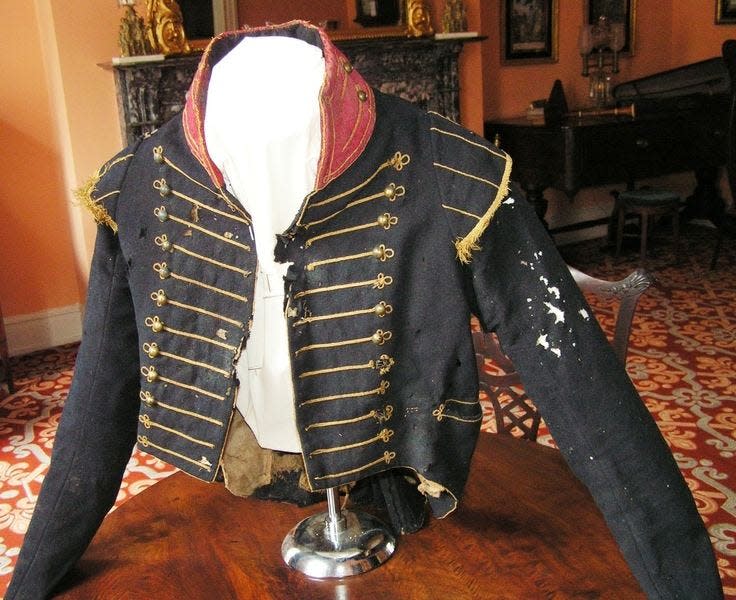There's more than one way to cut 'cabbage' — and what you can learn might surprise you
When you hear the word cabbage, what comes to mind?
If, like me, you think of a leafy green vegetable, you are not alone.
But the term “cabbage” has historically referred to something other than a vitamin-rich vegetable perfect for stir-frying.
Among tailors and seamstresses of the past (and present), “cabbage” has referred to the scraps left over from fabric that customers took to a tailor for cutting and sewing garments.

Tailors, as well as those who sewed at home, practiced “cabbaging,” using fabric scraps to make or line garments when fabric was scarce or too valuable to waste.
Tailors and seamstresses were traditionally entitled to the fabric scraps, or cabbage, which they used to make or line their own garments. This did not usually sit well with customers, who had paid for the fabric they took to tailors.
One example of historical cabbaging, also called piecing, is currently on display at the Miller House Museum and is one of the Washington County Historical Society's rarest artifacts: Sgt. Jacob Huyett’s War of 1812 jacket.
Huyett (1783-1840), a resident of Washington County, wore the jacket while serving in a cavalry unit of the Maryland Light Dragoons. It is the only known example of an authentic War of 1812 Maryland dragoon uniform to exist.
Steve Abolt, a southeast Georgia tailor specializing in historical garments, visited the museum Aug. 23 to examine the unique construction of Huyett’s jacket. He quickly found the cabbaging beneath the arms, at the back tail and along the highly structured collar.
When the tailor (traditionally a man) cut fabric for Huyett’s jacket prior to 1812, he would have placed the pattern for the garment on the cloth and quickly realized he lacked enough fabric for cutting full sleeves and tails. He then cut full sleeves for the visible sections of the jacket, but used cabbage to fill in the hidden areas.

Constructing a distinguished cavalry jacket in this manner took ingenuity and skill.
Abolt’s examination of Huyett’s jacket revealed several more interesting details about the man himself. Given the jacket’s measurements, Huyett stood approximately 5 feet, 9 inches tall; with his chest measuring 36 inches and waist up to 28 inches.
Don't miss:Behind the seams: New exhibit explores local women's fashion and business sense
More local history:Remember Hollywood's 'Creeper'? He was Hagerstown native Rondo Hatton
Abolt’s deductions, based on historical tailoring practices, bring to life a person from the past — from his physical presence to the common practices of his time. People from our past creatively avoided waste, using cabbaging to complete garments and save money.
Although Huyett died in 1840, we can recreate his physical presence and learn more about his environment … all from historical cabbage!
To see Huyett’s jacket in person along with other historical artifacts in our exhibits, be sure to visit the Miller House Museum. For information regarding donations to the WCHS, email curator@washcohistory.org.
This article originally appeared on The Herald-Mail: 'Cabbaged' jacket reveals details about local 1812 Army officer

